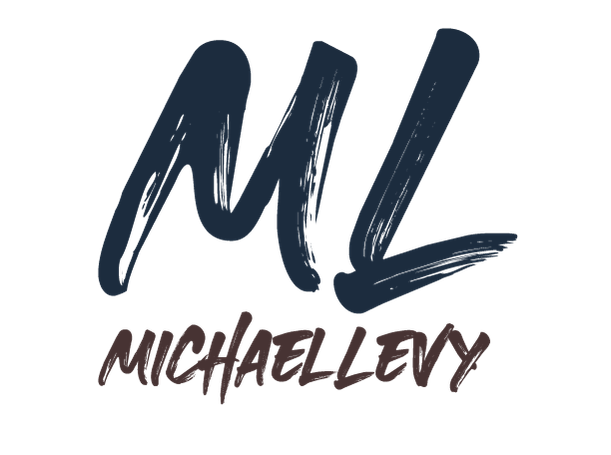Creating the Best Headshots Guide - a History
May 17, 2017A little bit of history
into why I shoot headshots more and more these days…and why I find it incredibly satisfying.
Originally, when I started out in digital media, my main format was film production; all key elements were self-composed, from the writing, production, shooting, and the editing (and sound mixing, which would actually crash my lamp-shade iMac more times than I could count. I even knew the moment I moved a file around on my film timeline that the very action would crash the program within seconds, and without fail, I was never left disappointed). 8 hour of hunching over a computer to edit one movie feels light on trouble, comparatively.
4 years of doing all that takes its toll on you; ironically, it’s the sitting that wears you down the most.
Headshot History
Everyone has a different “how I got into headshots” story, but I can never find someone who gets into doing actors headshots or business headshots as a first choice right out of college. The stigma of session photography surrounding portraits (most potentially in this case, for business) further niches an already niched genre of photography. Being a specialist could dangerously turn into a self-inflicted restriction on the type of work you’re trying to do.
Right?
That’s the answer if you’re looking at headshots in the traditionally technical aspect, and in the purely conventional way in which headshots were taken before I got into the business around mid-2013. For the most part, but not all, headshots seemed to be shot in front of windows (and still are), or in front of purely white backgrounds, and if done in the studio, looked pretty flat. Very boring stuff. It reminded me of the work I’d seen inside a mall or JCPenney portrait studio. Moving past any criticism of my peers, I just don’t think it’s worth it to charge money to shoot someone in front of a window…both for the subject and photographer; more on that in another post (re: technical compositions and why aesthetics matter).
Portraits are as vast in composition as editorial work. Editorial fashion work can be looked at as a form of portrait in itself, depending on the story you’re pitching.
Circling back earlier in the post, I did not think of doing headshots when I got out of college. I went to college for two reasons: Media Production, and Acting. So, when I left college, I was doing journalist photography, working for media companies, and acting in local theater and commercials.
After doing art production for fashion, and pushing forward on getting into fashion as the director and photographer, I started shooting people outside of windows. I enjoyed the technical uniqueness of using glass and the one of a kind dispersion a sheet of glass created on a subject. I began to use this technique for portraits, fashion, and yes, even a few headshots. Here’s an example of what the style looked like.
I call this set the “Legacy Collection”, because it truly is a set of pictures that lays a style of photography I was obsessed with when I first got into photography. The textures were strangely smooth, and highlights were woven into the picture in a milky blend. Nothing was hard, but the pop of the colors were very distinct.
During this time, I had tons of actors coming in looking for this type of look because it was outdoors, it was natural light, and it was incredibly clean. I didn’t always think of that when I was shooting. I just kept my mind on the fashion element, and with imbuing the photo with as much variance and color I could put in.
Without going further into the story (because you can find financial or personal reasons of why you go into headshots), my reasons, as far as I can remember, stemmed from the idea of trying to reinvent my understanding of the portrait, and to blend elements of fashion photography into how I wanted to portray artists and business people in the city.
As I shoot today, I try not to think they are headshots, because if I go back into revisioning what I’ve seen in the industry before, I end up hating what I do. I use the word hate because I admit I am passionate about this business, so there is love at the root of this work.
In my next post, I’ll be talking about budgeting, and affordability, both in session work, and headshots.
I’m out,
Michael


















